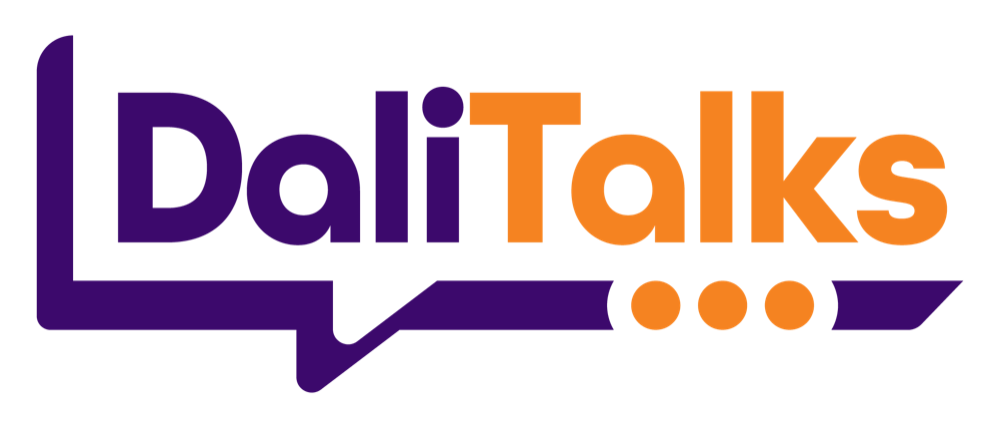Using Music to Help Improve Reading Performance

(attached image here)
By Jessica Bonner-Gomez
In October 2019, it was reported that Alabama 4th graders ranked 49th (out of 52 U.S. territories) in reading on the nation’s report card. This rank is two levels below the former rank in 2017, indicating that reading proficiency has decreased.
I’m particularly concerned about Alabama 4th-grader reading performance because I am an Alabama educator. Aside from teaching English Composition I and II to college freshmen for 3 and ½ years, I have been tutoring students for the last 11 years in English and writing (the last 4 years include more focus on reading through my tutoring business, For Other Prizes Consulting).
(attached image here)
Further, this month I have finished my master’s degree in speech-language pathology, a field that helps students enhance their speech and language (including reading) skills.
Disheartened by the numbers, I attempted to understand why they were so low. I realized, through tutoring sessions with clients) that low vocabulary skills are playing a part. After all, if a student doesn’t understand a word, then how can s/he apply its meaning within a text?
My concern regarding this issue is the primary reason that I came up with the song lyric translation method. Its foundation is connected to that of the “ABC Song”: specifically, music helps us learn facts. If students have a few likeable songs on their playlist, then I don’t see why those very songs couldn’t be used to help the students learn more advanced and/or unfamiliar vocabulary words.
(attached image here)
“If students have a few likeable songs on their playlist, then I don’t see why those very songs couldn’t be used to help the students learn more advanced and/or unfamiliar vocabulary words.” – Jessica Bonner-Gomez
I experimented with the method on myself first using the chorus of a Janet Jackson song (“I Get Lonely”) in January 2018, and those translated lyrics are still stuck in my head nearly two years later! I basically took the message of the chorus (the chorus is short and simple) and found words that fit the message. Children and adults can use this method. The steps for this method are below:
- Choose a song with a chorus that isn’t too simplistic and determine its message (you can get even more new words into your translation this way).
- Go online and search for either a root word list or top 100 (or 500) words list (also include “ACT,” “SAT,” or “GRE” in the search bar if you’re preparing for one of these standardized tests).
- Pick words from the list(s) that fit the message of your song’s chorus.
- Write out the new lyrics (note that you don’t need to translate each word in the original chorus; only translate the message).
- Practice your song using the music from your chosen song.
I hope these steps are helpful, but if any are confusing, please let me know. If you need a tutorial (one hour long) or two to help you with your song lyric translation journey, please feel free to reach out to me at [email protected].
P.S. If you purchase a one-hour tutorial session with me, you will get the second session half off (the first session is $60, and the second session is $30). Hurry before prices increase January 1, 2020 ($100 for a one-hour session).
Happy Translating!

